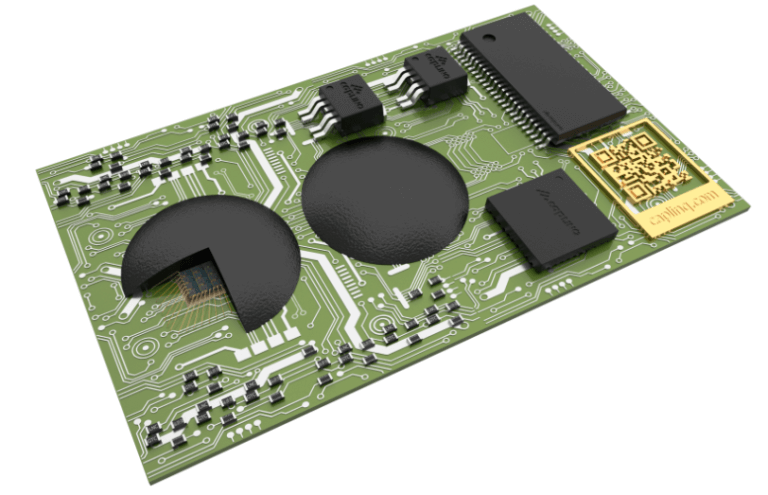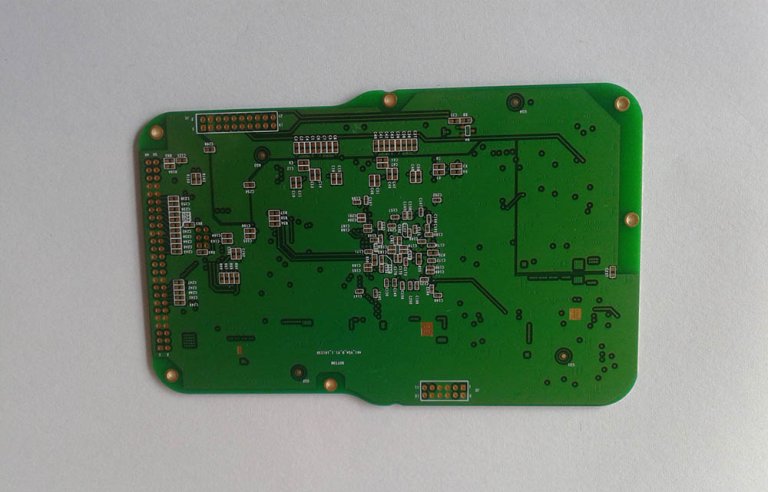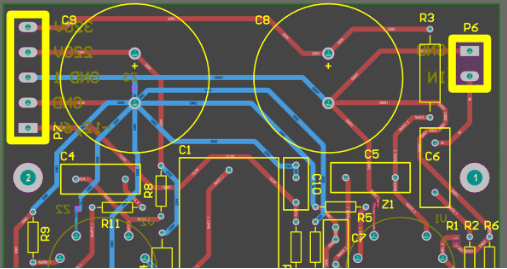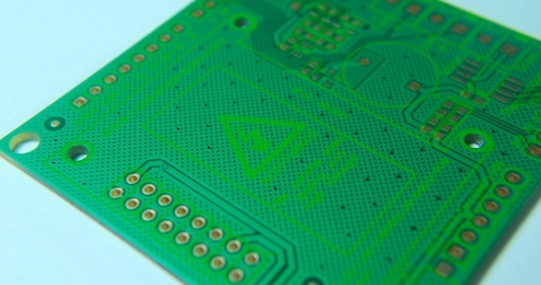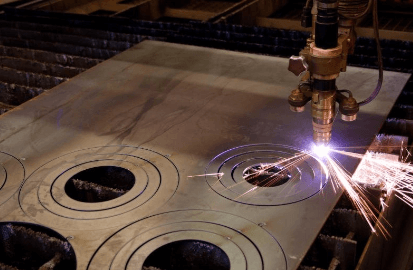Buy pcb board
Top Factors To Consider When Buy PCB Board
When purchasing a Printed Circuit Board (PCB), several critical factors must be considered to ensure that the board meets the specific requirements of your project.
The first and foremost consideration is the material of the PCB.
The substrate material, typically FR4, is crucial as it affects the board’s thermal and electrical properties. FR4 is a common choice due to its excellent balance of cost, durability, and performance. However, for high-frequency applications, materials like Rogers or Teflon may be more appropriate due to their superior dielectric properties.
Another essential factor is the board’s layer count.
Single-layer PCBs are suitable for simple, low-density designs, while multi-layer PCBs are necessary for more complex circuits requiring higher component density and more intricate routing. The number of layers directly impacts the board’s cost and manufacturing complexity, so it is vital to balance the design requirements with budget constraints.
The thickness of the PCB is also a significant consideration.
Standard PCB thickness is typically around 1.6mm, but variations are available to suit different applications. Thicker boards offer greater durability and can handle higher mechanical stress, making them ideal for industrial applications. Conversely, thinner boards are more flexible and suitable for compact, lightweight devices.
Copper thickness, measured in ounces per square foot, is another critical parameter.
Standard copper thickness is 1 oz/ft², but higher thicknesses are available for applications requiring higher current-carrying capacity. Thicker copper layers can handle more current and provide better heat dissipation, which is crucial for power electronics and high-performance applications.
The choice of surface finish is another important aspect to consider.
Common finishes include HASL (Hot Air Solder Leveling), ENIG (Electroless Nickel Immersion Gold), and OSP (Organic Solderability Preservatives). HASL is cost-effective and widely used, but it may not be suitable for fine-pitch components due to its uneven surface. ENIG offers a flat, smooth surface and excellent solderability, making it ideal for high-reliability applications. OSP is a good choice for environmentally friendly applications, as it is lead-free and provides a flat surface for soldering.
Additionally, the design and layout of the PCB play a crucial role in its performance.
Proper component placement, trace routing, and grounding are essential to minimize signal interference and ensure reliable operation. It is advisable to use design software that offers advanced features like signal integrity analysis and thermal management to optimize the PCB layout.
Manufacturing tolerances and quality control are also vital factors to consider.
Ensure that the PCB manufacturer adheres to industry standards such as IPC-A-600 for acceptability of printed boards and IPC-6012 for qualification and performance specification. These standards ensure that the PCB meets the required quality and reliability criteria.
Lastly, consider the lead time and cost.
While it is tempting to opt for the cheapest option, it is essential to balance cost with quality and reliability. A low-cost PCB may save money initially but could lead to higher costs in the long run due to potential failures and rework. Therefore, it is crucial to choose a reputable manufacturer with a proven track record of delivering high-quality PCBs on time.
In conclusion, when buying a PCB board, it is essential to consider factors such as material, layer count, thickness, copper weight, surface finish, design and layout, manufacturing tolerances, and cost. By carefully evaluating these factors, you can ensure that the PCB meets your project’s specific requirements and delivers reliable performance.

How To Choose The Right PCB Board For Your Project
When embarking on an electronics project, selecting the right Printed Circuit Board (PCB) is a critical decision that can significantly impact the performance, reliability, and overall success of your endeavor. The process of choosing the appropriate PCB board involves several key considerations, each of which plays a vital role in ensuring that the final product meets the desired specifications and functions optimally.
To begin with, it is essential to understand the specific requirements of your project.
This includes identifying the type of components that will be mounted on the PCB, the complexity of the circuit, and the operating environment. For instance, a simple project with a few components may only require a single-layer PCB, whereas more complex designs with multiple components and intricate connections might necessitate a multi-layer PCB. Additionally, the operating environment, such as exposure to high temperatures or harsh conditions, will influence the choice of materials and the overall design of the PCB.
Another crucial factor to consider is the material composition of the PCB.
The most common material used in PCB manufacturing is FR-4, a composite material made of woven fiberglass cloth with an epoxy resin binder that is flame resistant. FR-4 is widely favored for its excellent mechanical strength, electrical insulation properties, and cost-effectiveness. However, for high-frequency applications or projects requiring superior thermal performance, alternative materials such as Rogers or Teflon may be more suitable. These materials offer lower dielectric constants and better thermal stability, albeit at a higher cost.
The thickness of the PCB is another important aspect to take into account.
Standard PCB thickness typically ranges from 1.6mm to 2.4mm, but thinner or thicker boards may be required depending on the specific application. Thinner boards are often used in compact devices where space is a constraint, while thicker boards provide additional mechanical support and are better suited for applications involving high power or heavy components.
Furthermore, the choice of surface finish on the PCB can affect both the performance and longevity of the board.
Common surface finishes include Hot Air Solder Leveling (HASL), Electroless Nickel Immersion Gold (ENIG), and Organic Solderability Preservative (OSP). HASL is a cost-effective option that provides good solderability, but it may not be suitable for fine-pitch components due to its uneven surface. ENIG, on the other hand, offers a flat and smooth surface with excellent solderability and is ideal for high-reliability applications, though it comes at a higher cost. OSP is an environmentally friendly option that provides a flat surface and good solderability but may have a shorter shelf life compared to other finishes.
In addition to these technical considerations, it is also important to evaluate the reputation and capabilities of the PCB manufacturer.
A reliable manufacturer with a proven track record can ensure high-quality production, adherence to specifications, and timely delivery. It is advisable to review customer feedback, certifications, and the range of services offered by the manufacturer, such as design support, prototyping, and testing.
Ultimately, choosing the right PCB board for your project requires a careful assessment of various factors, including the project requirements, material properties, board thickness, surface finish, and manufacturer reliability. By taking a methodical approach and considering each of these elements, you can make an informed decision that will contribute to the success and efficiency of your electronic project.
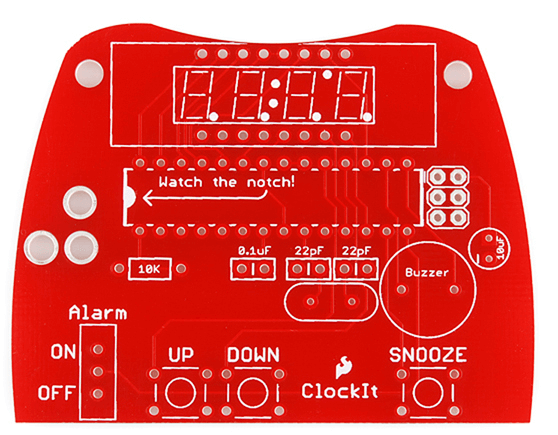
The Benefits Of Buying High-Quality PCB Boards
When considering the purchase of printed circuit boards (PCBs), the importance of opting for high-quality products cannot be overstated. High-quality PCB boards offer numerous advantages that extend beyond mere functionality, impacting the overall performance, reliability, and longevity of electronic devices. As technology continues to advance, the demand for superior electronic components has become increasingly critical, making the selection of premium PCB boards a pivotal decision for manufacturers and consumers alike.
One of the primary benefits of high-quality PCB boards is their enhanced reliability.
These boards are designed and manufactured to meet stringent standards, ensuring that they can withstand various environmental conditions and operational stresses. This reliability is crucial for applications in critical sectors such as aerospace, medical devices, and telecommunications, where failure is not an option. By investing in high-quality PCBs, manufacturers can significantly reduce the risk of malfunctions and ensure the consistent performance of their products.
In addition to reliability, high-quality PCB boards offer superior performance.
These boards are typically made from high-grade materials that provide excellent electrical conductivity and thermal management. This results in better signal integrity and reduced electromagnetic interference, which are essential for maintaining the efficiency and accuracy of electronic circuits. Furthermore, high-quality PCBs often feature advanced design elements such as multiple layers and precise component placement, which contribute to their overall performance and functionality.
Another significant advantage of purchasing high-quality PCB boards is their durability.
These boards are constructed to endure prolonged use and exposure to harsh conditions without degrading. This durability translates to a longer lifespan for the electronic devices in which they are installed, ultimately providing better value for money. For manufacturers, this means fewer returns and warranty claims, leading to increased customer satisfaction and brand loyalty.
Moreover, high-quality PCB boards facilitate easier and more efficient manufacturing processes.
These boards are designed with precision, ensuring that components fit perfectly and connections are secure. This precision reduces the likelihood of errors during assembly, which can save time and reduce costs associated with rework and repairs. Additionally, high-quality PCBs often come with comprehensive documentation and support from the manufacturer, further streamlining the production process and enabling quicker time-to-market for new products.
The environmental impact of electronic waste is a growing concern, and high-quality PCB boards can contribute to more sustainable practices.
Due to their durability and reliability, these boards are less likely to fail prematurely, reducing the need for frequent replacements and minimizing electronic waste. Furthermore, many high-quality PCB manufacturers adhere to environmentally friendly practices and comply with regulations such as the Restriction of Hazardous Substances (RoHS) directive, ensuring that their products are safe for both users and the environment.
In conclusion, the benefits of buying high-quality PCB boards are manifold, encompassing enhanced reliability, superior performance, increased durability, streamlined manufacturing processes, and a positive environmental impact. As the backbone of modern electronic devices, PCBs play a crucial role in determining the overall quality and functionality of the end product. Therefore, investing in high-quality PCB boards is a prudent decision that can yield significant long-term benefits for manufacturers and consumers alike. By prioritizing quality in the selection of PCBs, stakeholders can ensure the success and sustainability of their electronic innovations.
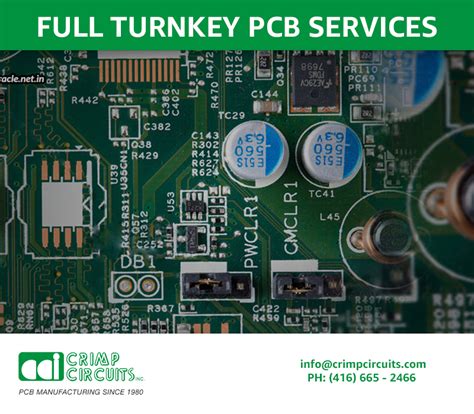
Common Mistakes To Avoid When Purchasing PCB Boards
When purchasing PCB boards, it is crucial to be aware of common mistakes that can lead to suboptimal performance, increased costs, and project delays. One of the most frequent errors is neglecting to thoroughly verify the specifications and requirements of the PCB. This oversight can result in boards that do not meet the necessary standards for the intended application, leading to functionality issues and potential project setbacks. Therefore, it is essential to meticulously review the design files and ensure that all specifications are accurately communicated to the manufacturer.
Another common mistake is underestimating the importance of selecting the right materials.
The choice of materials can significantly impact the performance, durability, and cost of the PCB. For instance, using a material with inadequate thermal properties can lead to overheating and failure in high-temperature environments. Consequently, it is vital to consider the operating conditions and select materials that can withstand the specific demands of the application.
In addition to material selection, the quality of the manufacturing process is a critical factor that should not be overlooked.
Opting for a low-cost manufacturer without considering their quality control measures can result in boards with defects such as poor solder joints, misaligned components, or inadequate insulation. These defects can compromise the reliability and longevity of the PCB. To avoid this, it is advisable to choose a reputable manufacturer with a proven track record of delivering high-quality products and adhering to industry standards.
Furthermore, inadequate testing and inspection procedures can lead to undetected issues that may only become apparent during the final stages of assembly or, worse, during operation. Implementing comprehensive testing protocols, including electrical testing and visual inspection, can help identify and rectify potential problems early in the production process. This proactive approach can save time and resources by preventing costly rework and ensuring that the boards function as intended.
Another pitfall to avoid is failing to consider the scalability of the design.
As projects evolve, there may be a need to produce larger quantities of PCBs. Designing with scalability in mind from the outset can facilitate a smoother transition to mass production. This includes considering factors such as panelization, which can optimize the use of materials and reduce manufacturing costs. Additionally, collaborating with the manufacturer during the design phase can provide valuable insights into design for manufacturability (DFM) considerations, further enhancing the efficiency of the production process.
Moreover, overlooking the importance of clear and effective communication with the manufacturer can lead to misunderstandings and errors.
Providing detailed documentation, including assembly drawings, bill of materials (BOM), and any specific instructions, can help ensure that the manufacturer fully understands the requirements and can deliver a product that meets expectations. Regular communication throughout the production process can also help address any issues that may arise and facilitate timely resolution.
Lastly, it is important to consider the total cost of ownership rather than focusing solely on the initial purchase price.
Factors such as lead times, shipping costs, and potential rework expenses can significantly impact the overall cost. By taking a holistic view and considering all associated costs, it is possible to make more informed decisions and select a supplier that offers the best value for money.
In conclusion, avoiding these common mistakes when purchasing PCB boards can lead to better performance, reduced costs, and timely project completion. By paying attention to specifications, material selection, manufacturing quality, testing procedures, scalability, communication, and total cost of ownership, it is possible to achieve a successful outcome and ensure the reliability and functionality of the final product.



